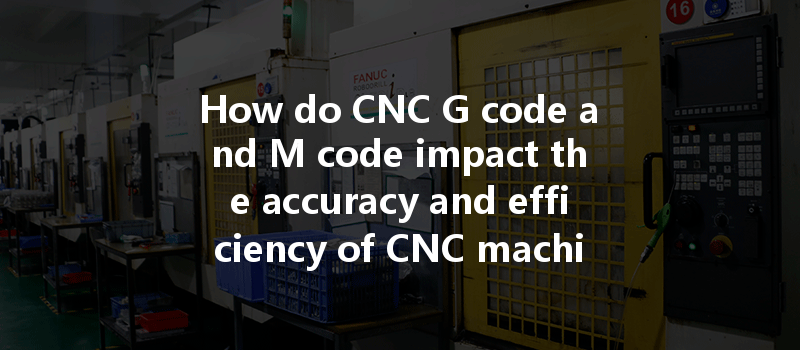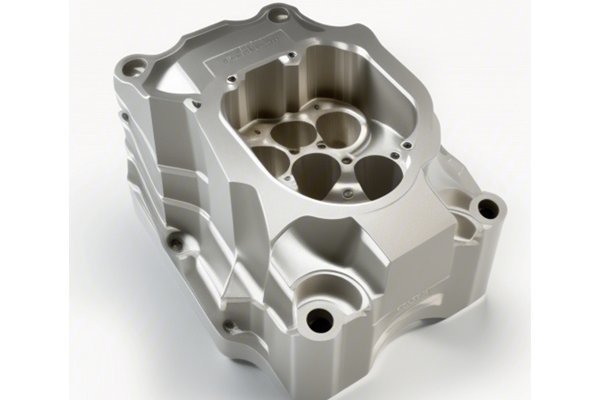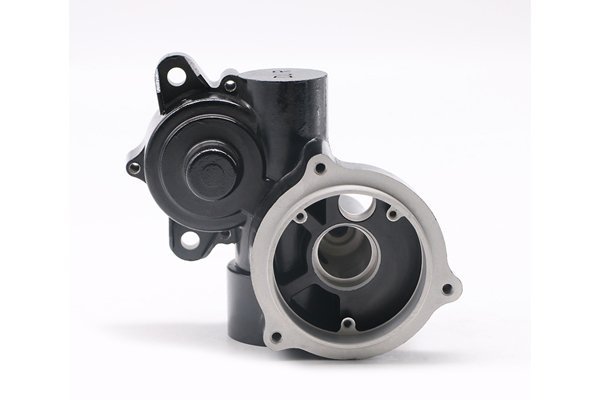Opening:
Did you know that precision in manufacturing can be expressed in microns? When it comes to CNC (Computer Numerical Control) machining, this level of accuracy is not just a goal; it’s a necessity. The backbone of this accuracy lies in two crucial codes: G-code and M-code. Understanding how these codes function and their impact on machining processes can significantly influence the quality of manufactured parts, efficiency in production, and ultimately, a brand’s bottom line.
Content:
Before diving into G-code and M-code, let’s clarify what CNC machining involves. CNC machining is a subtractive manufacturing process that utilizes a computer to control machine tools. It converts computer-aided design (CAD) data into precise movements on a variety of tools, allowing for the creation of complex parts and geometries.
Machining operations typically involve drilling, milling, turning, and more, each capable of producing highly detailed components across a range of materials. The effectiveness of these processes hinges on the instructions provided to the CNC machines, which is where G-code and M-code come into play.
G-code, or geometric code, refers to the programming language used to instruct CNC machines on how to move. Each command corresponds to a specific movement or action of the machine tool. These commands can control:
M-code, or miscellaneous code, is another set of instructions used to manage machine functions that are more about machine control rather than the movement of the tool itself. This includes:
4.1 Precision Control
Precision machining requires exact movements as dictated by G-code. If there are errors in G-code—due to miscalculations, inaccuracies, or bugs in the program—this leads to dimensional inaccuracies in parts produced. Variations in dimensions can lead to poor fits in assemblies and can compromise the functionality and structural integrity of the components.
4.2 Tool Path Optimization
M-code can also play a crucial role in ensuring the right tools are being used when they need to be switched. If a tool is not changed at the correct moment, it can affect the quality of the finish and the dimensional accuracy of the machined part. The program must include precise commands for tool changes, made according to the speeds and feeds dictated by the materials being machined.

Efficient CNC machining not only requires high accuracy in the tools’ path provided by G-code but also necessitates seamless operation commands provided by M-code.
5.1 Cycle Times and Processing
Optimization of cycle times is critical in manufacturing. G-code commands, when expertly coded, allow machines to operate at maximum efficiency, reducing the time taken for manufacturing processes. Simultaneously, M-code’s control of machine operation ensures that cooling systems and tool changes happen seamlessly, further minimizing downtime and enhancing productivity.
5.2 Automation and Programming
Modern CNC machines often incorporate advanced technologies such as automated tool changers that rely heavily on M-code commands. This automation has a compounding effect on both efficiency and accuracy, as the machines can adapt to changing conditions dynamically without human intervention.
While G-code and M-code are fundamental, effectively using them does come with challenges. Programmers must be aware of the following:
To understand the practical implications of G-code and M-code, let’s consider a few illustrative case studies:
7.1 Aerospace Component Manufacturing
In the aerospace industry, where precision is paramount, improper G-code can lead to catastrophic failures. A case study showed that after implementing a standardized G-code protocol, manufacturing errors decreased by 47%, enhancing both safety and performance.
7.2 Automotive Parts Production
In automotive manufacturing, multiple components must fit together perfectly. A failure to switch tools at the correct moment can lead to mismatches. The automotive manufacturing plant saw a 30% boost in output by refining their M-code instructions for tool changes.
With advancements in technology, particularly Artificial Intelligence (AI) and Machine Learning (ML), there is a tremendous potential for optimizing G-code and M-code. AI can learn from previous machining processes, adjusting parameters in real-time to enhance accuracy and reduce defects.
G-code and M-code are fundamental components that dictate the efficiency and accuracy of CNC machining processes. Understanding these codes—how they interact and how they can be optimized—can significantly improve the production quality of machined parts.
The future of CNC machining lies in mastering these codes coupled with innovative technologies that can enhance precision and reduce cycle times. As a manufacturer, understanding and refining your G-code and M-code strategies is not just beneficial; it is crucial for maintaining competitiveness in an ever-evolving market.
It’s essential to remember that while G-code and M-code govern the technical aspects of machining, the human element—knowledgeable programmers and machinists—is what ultimately transforms these codes into high-quality products. Embrace the potential of G-code and M-code, and let them lead your machining processes into a more efficient, accurate, and profitable future.






